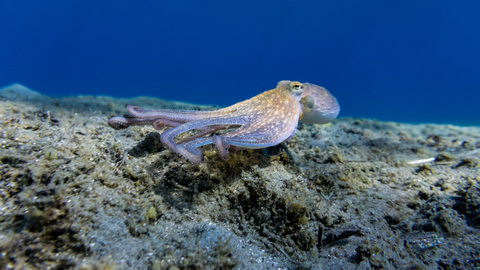
Researchers at Seoul National University in South Korea are working on a new cloaking “skin,” that will enable wearers to camouflage themselves in the daytime and barely show up on thermal cameras at night.
The skin patches are made of pixels containing thermochromic liquid crystals that change color depending on temperature. The cloaking in the visible range is achieved by matching the ambient color or thermal characteristics of the environment.
To demonstrate the technology, they put a bendable patch on a human hand and moved it across a background of various colors and temperatures. It was able to transition from one color to another and then from one temperature to another.
“As the hand moves across different backgrounds (whether it is a visible or [Infrared] cloaking mode)…each pixel sequentially switches its color/temperature based on their relative positions,” said team lead, Seung Hwan Ko.
As of now, they must manually input the color or temperature to be sensed, but in future expect the system to become autonomous by adding a micro camera.
Dr. Seung explained that the work was inspired by the “intriguing cloaking properties of cephalopods,” such as squid, octopus, and cuttlefish. The ability of cephalopods to disappear into any background has inspired other researchers to replicate this camouflage in the infrared (IR) and visible spectrum, but this current project is the first incorporating dual modes in a single device structure.
This research is published as a paper entitled “Thermally Controlled, Active Imperceptible Artificial Skin in Visible-to-Infrared Range” in the Advanced Functional Materials.
